Being an avid birder, winters have always been a favourite season with me. No prizes for guessing this is when the birding life is arguably at its best and when birders are on the move to capture these avian wonders in all their finery. However, bird watching is a skill and an art that needs more thought than what meets the eye. We speak to naturalists, birders and experts who weigh in with their thoughts.
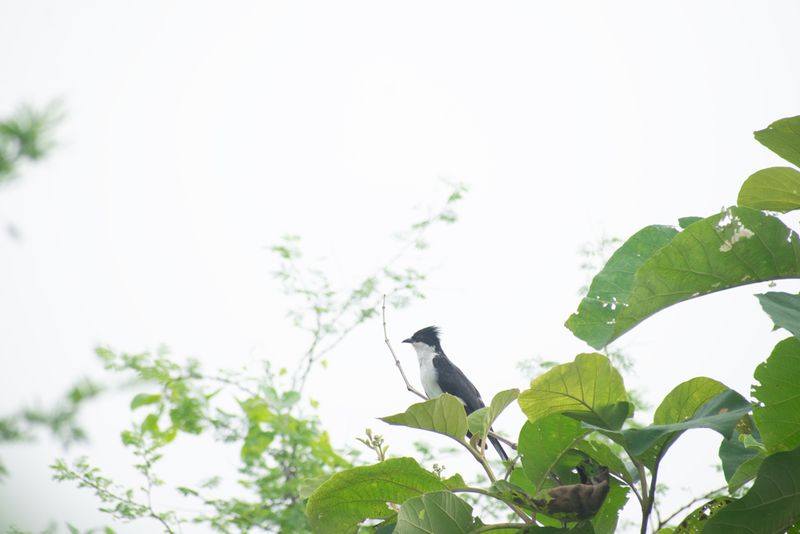
Winged love
The popularity of bird watching in India has been on a steady rise, fuelled by a heightened awareness of biodiversity, a growing commitment to environmental conservation, and an increasing fascination with nature-oriented pursuits. Factors contributing to the increase in bird watchers include a growing environmental consciousness, easy access to information through technology, and the appeal of bird watching as a recreational and educational activity. With its immense diversity of habitats India has a lot to offer to an enthusiastic birder. “The trend of bird watching in India is showing positive signs generally. More Indians are starting to show interest in bird watching. Most of them are turning their attention to the birds after realising the fact that the big-cat sightings are not so guaranteed,” says Jesan T Das, naturalist, Reni Pani Jungle Lodge.
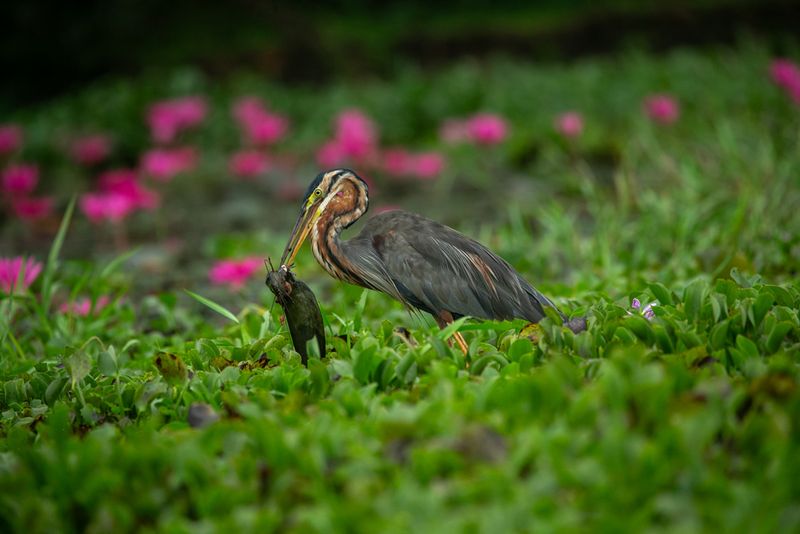
Do it right
Consider exploring the unique birding ecosystems like the Western Ghats and Himalayan regions. Additionally, emphasise the importance of conservation efforts and sustainable tourism in birding. Navin Karkera, director, Infiniti Digitech says, “Optimal bird-watching practices in India involve utilising binoculars, adhering to a respectful distance, maintaining silence, and adhering to ethical guidelines to minimize disruption to the avian habitat. Respect wildlife and their habitats, use quiet and inconspicuous gear, and learn about the species. Avoid disturbing nests, making loud noises, or using flash photography that could startle birds.” Stick to designated trails, blend in with natural colours, and avoid loud noises or sudden movements. Respect nesting sites, giving feathered families their privacy. Let your ears be your guide – listen for calls instead of using playback, which can disorient birds. And do not forget good binoculars, they'll be your window into their world.
Patience is the key word. Birds move on their own schedule, so savour the wait and enjoy the symphony of the wild. “Capture memories, not birds – use long lenses for photography, avoid flash, and minimize post-processing to maintain authenticity. Don't litter or leave any trace, and remember, you are a guest in their home – treat it with the respect it deserves,” says Rakesh Sinha, general manager, WelcomHeritage Tadoba Vanya Villas Resort & Spa.

Nature connect
Post the pandemic, increased travel, especially to wildlife destinations, birding has become popular. People are choosing to travel that brings them closer to nature – the increasing stress in their urban life being one of the factors. “From our experience with the guests at the camp, immersing ourselves in nature, especially birding, is the best way to relax, even increase your concentration and patience level. ‘Once a birder forever will be’, it’s an addiction. Social media has become a big influencer with inspiring photos by photographers and travellers. The use of technology made it easier to track, more data, more analysis help to keep curiosity alive. Rise in conservation and protecting natural habitats, finding old roosting places, and restoring them, and more research work are also making a major difference,” says Yashwant Shekhawat, camp manager, The UnTamed by TUTC.
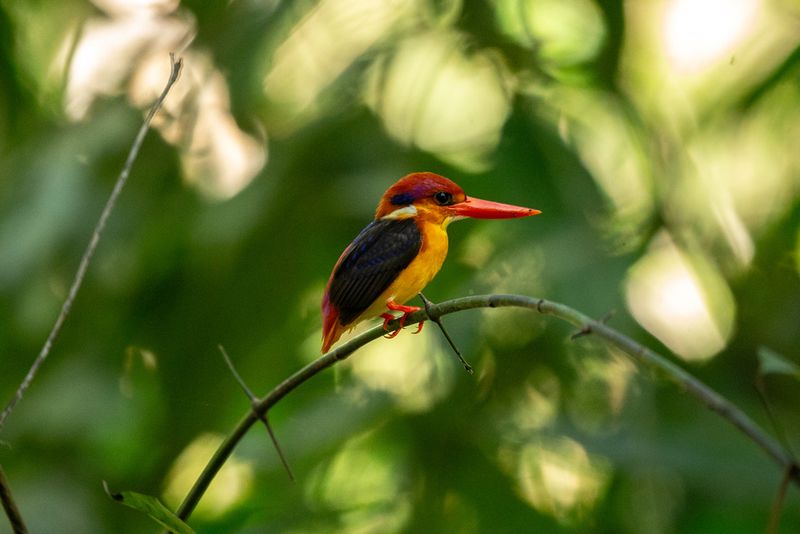
Catch ‘em young
There is a noteworthy shift in parental priorities, with an increasing desire for children to develop awareness of nature and wildlife. Consequently, there is a heightened emphasis on spending quality time in natural environments. Jimmy Patel, owner, Aramness, Gir National Park says, “a few of the main factors that encourage bird watching are primary teaching in schools, individuals realising the value of birdlife, many conservation NGOs, volunteer promotions, good books, newspaper articles, research studies, photography, notable rise in birdwatching parks and nature-based tourism.” There is a steady surge of birding interest in young kids. Their contribution is significant. “Also, the emergence of enthusiastic birding communities, fuelled by the curiosity of budding naturalists, contributes to a dynamic landscape of bird observations. Notably, these young enthusiasts play a pivotal role in monitoring and documenting local bird habitats. Their fresh perspectives and keen observations are expanding our understanding of avian ecosystems,” says David Raju, general manager and naturalist, Wayanad Wild.
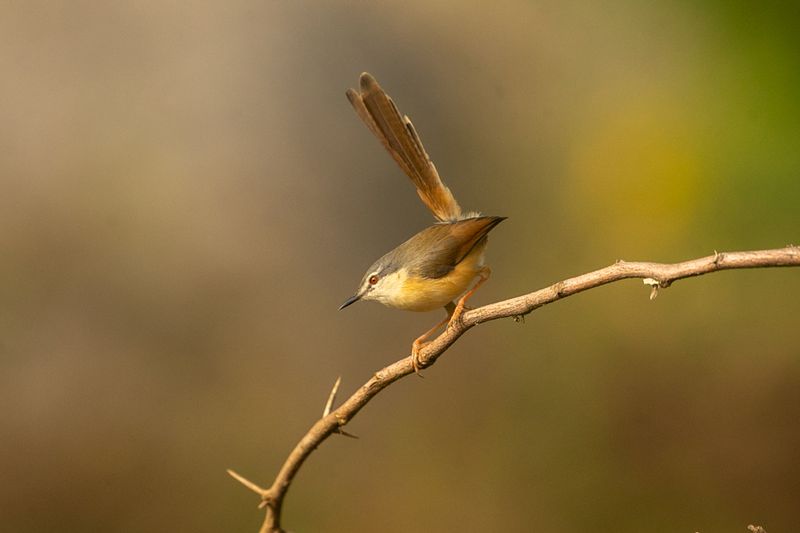
Conservation cues
Since 2010, there has been a noticeable and consistent surge in interest in bird watching in India. This heightened enthusiasm is occurring concurrently with increasing urbanization, which is gradually encroaching on wildlife habitats. Many individuals are cognizant of this concern, leading to a growing interest in wildlife conservation efforts. “The emergence and expansion of organizations such as the Salim Ali Foundation in Goa, the Wildlife Trust of India, the World Wildlife Fund, and others are actively supporting and accelerating this trend. These entities contribute significantly to the promotion and preservation of bird watching and wildlife appreciation,” says Kunal Girotra, regional head: India, South East Asia & SAARC - Consumer Products, Carl Zeiss India. Another contributing factor to the evolving trend is the growing number of retired individuals seeking constructive and health-focused hobbies, making bird watching an appealing and fulfilling choice.
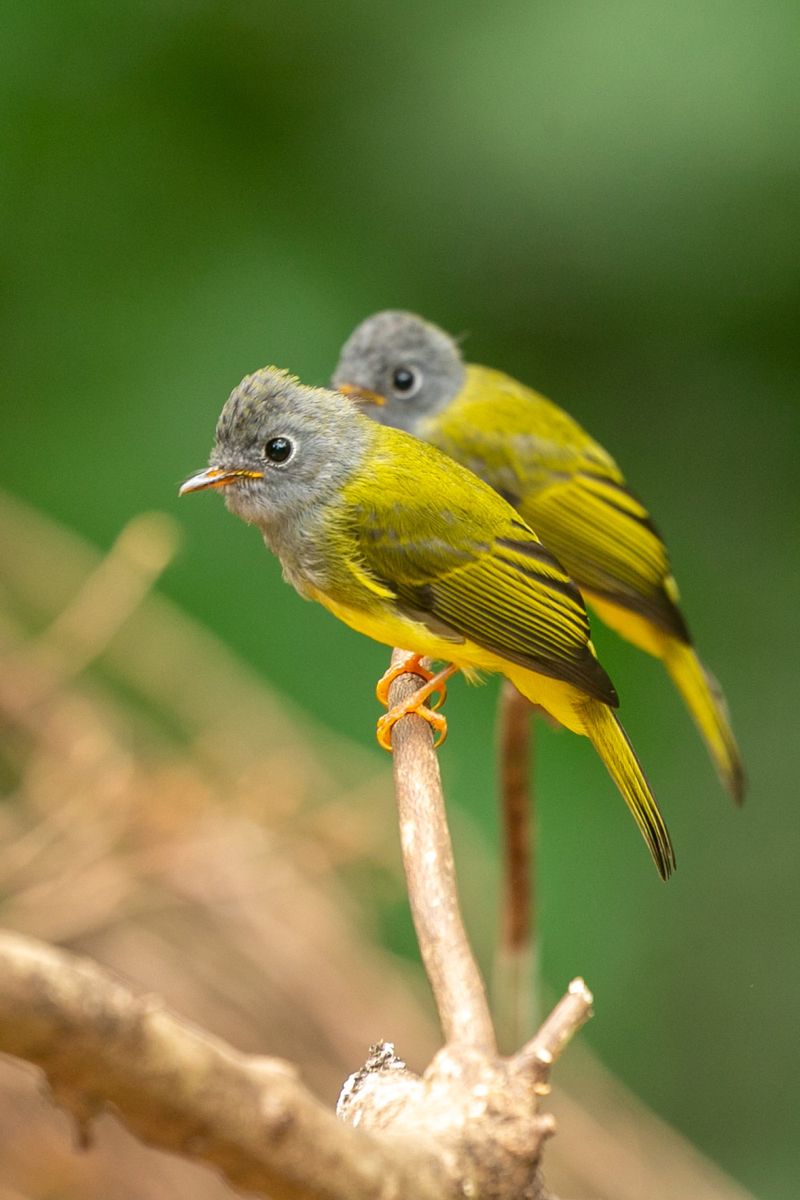
The full picture
With birding, another key aspect is about bird photography. Birders mostly have cameras that can capture stunning bird photographs. The role of social media is also key, as the joy of sharing and knowledge transfer has made the practice of birding rich in experience. But before you jump in, take time to choose the right location, check your equipment and the local weather report to have the best experience. Be kind to nature and follow the guidelines of behaviour as announced at your chosen location. Follow designated paths to minimise impact and wear dull coloured clothing, ideally something that merges with natural shades (brown, green). Do not get too close, do not destroy the habitat and be very conscious about your surroundings, avoid flashes and beams, do not feed, do not make noise. Look and observe with your eyes this helps finding and taking the right clicks. Do not use bird calls to attract birds for pictures, it disorients them. Ready for a birding adventure?

Best birding sites
- Tadoba Andhari National Park, Chandrapur
- Keoladeo National Park, Bharatpur, Rajasthan
- Corbett National Park, Uttrakhand
- Kaziranga National Park, Assam
- Periyar National Park, Kerala
- Gir wildlife sanctuary, Gujarat
- Nalsarovar Birds sanctuary, Gujarat
- Thol Sanctuary, Gujarat
- Rann of Kutch, Gujarat
- Bharatpur Bird Sanctuary Rajasthan
- Kotigao Wildlife Sanctuary, Goa
- Nagarhole National Park, Karnataka
- Thattekad Bird Sanctuary, Kerala
- Eravikulam National Park, Kerala
- Valparai, Tamil Nadu
Mark your calendar for these birding events
- Indian Skimmer Count (January 27-28)
- National Chilika Bird Festival Odisha (January 27-29)
- Bird Festival Goa (January 27-29)
- Bird Festival of Chhattisgarh, District- Bemetara (January 31-February 2)
- International Bird Festival Greater Noida (February 2)
- Bird Count of India UP Forest Govt (February 4)
- Great backyard bird count (February 16-19)
- Goa Bird Festival (February)
- Kerala Bird Festival (March/April)
- World Migratory Bird Day second weekend of May
- Corbett Birding Festival (November)
- Salim Ali Birding Festival (December)
- Asian Bird Fair (date varies)
Tips
- Choosing the right equipment plays a pivotal role for an outstanding bird watching experience. Here are some tips to find the right binoculars and camera lenses to your needs:
- Carefully consider the weight of your device. You must carry it for multiple hours, so every gram counts.
- It is worth investing in high quality and durable lenses to keep your experience long lasting.
- Consider binoculars with a high light transmission. The higher the light transmission, the greater the absolute colour accuracy, brightness, clarity, and resolution of details. An effective lens diameter of 42mm with a magnitude of 8 or 10, is an optimal choice for most situations.
- Make sure the lenses are coated adequately, to ensure a clear and unobstructed view in all weather conditions.
- Buying additional accessories to safely store and to effortlessly carry your newly purchased device is recommended. Make sure to handle your device properly to enhance its lifetime.
- Obtain lens cleaning accessories, so you have the best possible vision all day.
- Apps such as ‘E Bird’ and ‘Merlin’ are some apps that you can look out for. While E Bird helps in knowing the population of the birds in a particular area, Merlin app helps one identify species of birds.


